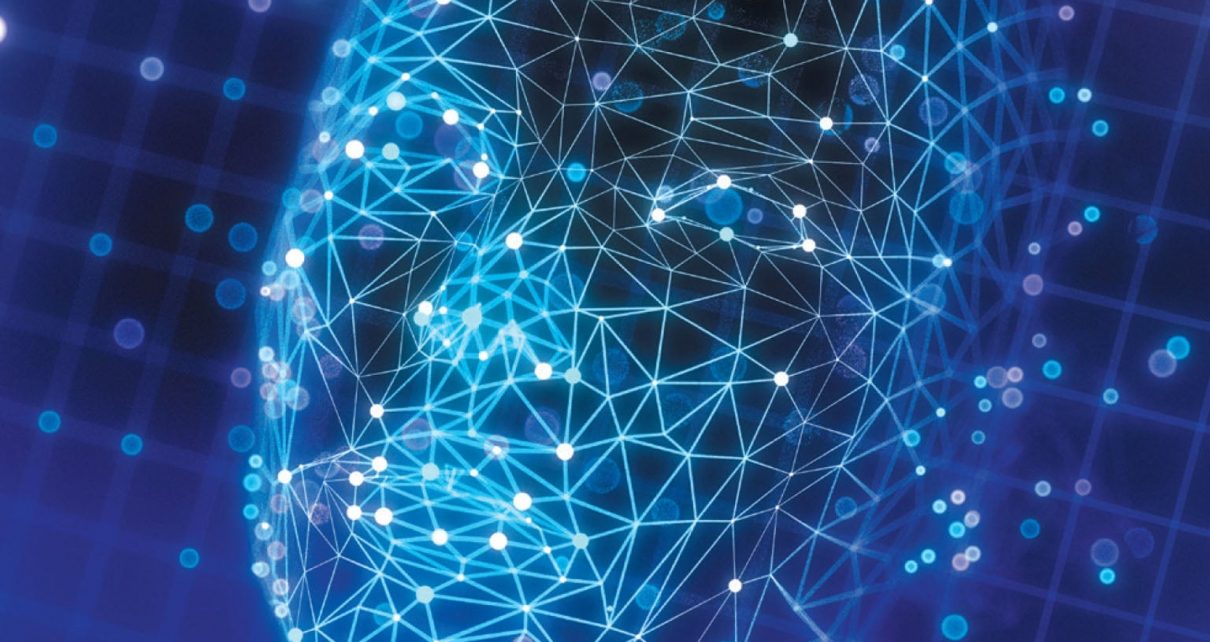State and local authorities from New Hampshire to San Francisco have begun banning the use of facial-recognition technology. Their suspicion is well founded: these algorithms make lots of mistakes, particularly when it comes to identifying women and people of color. Even if the tech gets more accurate, facial recognition will unleash an invasion of privacy that could make anonymity impossible. Unfortunately, bans on its use by local governments have done little to curb adoption by businesses from start-ups to large corporations. That expanding reach is why this technology requires federal regulations—and it needs them now.
Automated face-recognition programs do have advantages, such as their ability to turn a person’s unique appearance into a biometric ID that can let phone users unlock their devices with a glance and allow airport security to quickly confirm travelers’ identities. To train such systems, researchers feed a variety of photographs to a machine-learning algorithm, which learns the features that are most salient to matching an image with an identity. The more data they amass, the more reliable these programs become.
Too often, though, the algorithms are deployed prematurely. In London, for example, police have begun using artificial-intelligence systems to scan surveillance footage in an attempt to pick out wanted criminals as they walk by—despite an independent review that found this system labeled suspects accurately only 19 percent of the time. An inaccurate system could falsely accuse innocent citizens of being miscreants, earmarking law-abiding people for tracking, harassment or arrest. This becomes a civil-rights issue because the algorithms are more likely to misidentify people of color. When the National Institute of Standards and Technology reviewed nearly 200 facial-recognition systems, it found that most of them misidentified images of black and East Asian people 10 to 100 times more often than they did those of white people. When the programs searched for a specific face among multiple photographs, they were much more likely to pick incorrect images when the person being tracked was a black woman.
Some companies are attempting to improve their systems by feeding them more nonwhite and nonmale faces—but they are not always doing it in ethical ways. Google contractors in Atlanta, for example, have been accused of exploiting homeless black people in the company’s quest for faces, buying their images for a few dollars, and start-up Clearview AI broke social media networks’ protocols to harvest users’ images without their consent. Such stories suggest that some companies are tackling this problem as an afterthought instead of addressing it responsibly.
Even if someone releases improved facial-recognition software capable of high accuracy across every demographic, this technology will still be a threat. Because algorithms can scan video footage much more quickly than humans can, facial recognition allows for constant surveillance of a population. This is already happening in China, where the authoritarian government is using the tech to suppress its Uighur ethnic minority and zero in on individuals’ movements. These systems can easily be used to treat every citizen like a criminal, which destroys individual privacy, limits free expression and causes psychological damage.
In a democratic country such as the U.S., the government needs to protect all its citizens against these kinds of measures. But existing bans on the technology create an inconsistent patchwork of regulations: some regions have no restrictions on facial recognition, others ban police from applying it, and still others prevent any government agencies or employees from using it.
Federal regulations are clearly needed. They should require the hundreds of existing facial-recognition programs, many created by private companies, to undergo independent review by a government task force. The tech must meet a high standard of accuracy and demonstrate fairness across all demographic groups, and even if it meets those criteria, humans, not algorithms, should check a program’s output before taking action on its recommendations. Facial recognition must also be included in broader privacy regulations that limit surveillance of the general population—because other identification tools that flag people based on their gait or even their heartbeat pattern are already in development.
Americans have always been fiercely protective of the right to privacy. Technologies that threaten that must be controlled.




